I have seen, grown, and written about some pretty unusual flowers – unusual in the fact they have unique names. There was the story I wrote about Jack-in-the-pulpit and the story about the black bat flower, but there are more unusual names for flowers, and some that might seem a little too bizarre. Like the flying duck orchid, or the better-known hen and chicks, Venus flytrap, and snapdragons. Every heard of bleeding heart? Or passionflower? Or pucker up?
What are some of the most unusually named flowers? And how did these flowers attract these unique names? For some, their names reflect how they appear. The Jack-in-the-pulpit actually looks like a figure standing underneath the shell dome of a classic pulpit quite common in Gothic and Renaissance cathedrals.
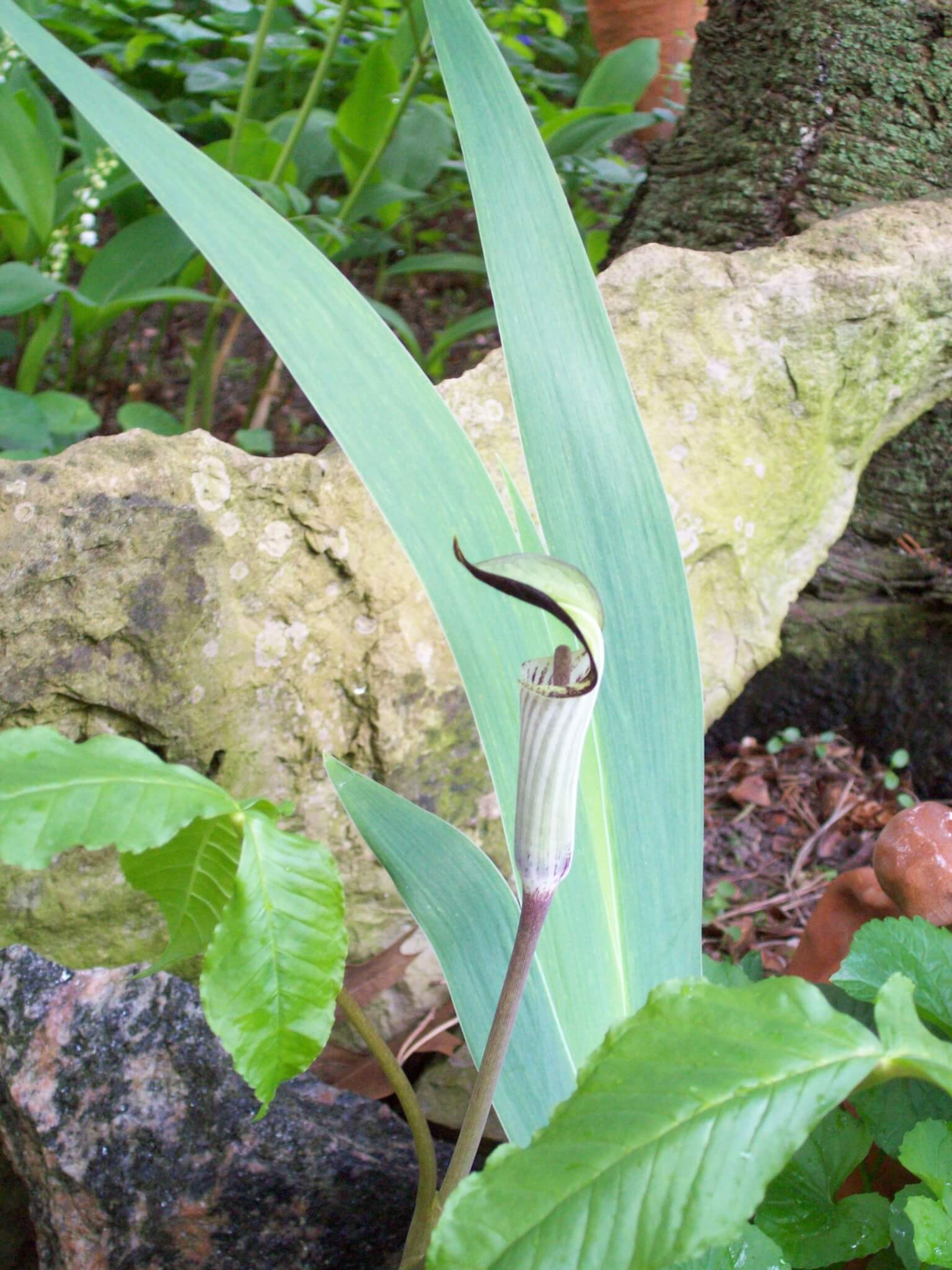
The newer, state-of-the-art houses of worship have done away with the dignified space where the minister would stand and share his eulogy. Growing up, I attended churches with these classic pulpits, so I can easily see the resemblance between the Jack-in-the-pulpit and the real-life pulpits.
The bat flower similarly attributes its name to how it looks, as does the flying duck orchid. It makes one wonder if the shape of the flower suggests the name or the name suggests the way in which one views the shape of the flower.
The Flying Duck Orchid
The flying duck orchid or large duck orchid (Caleana major) is an interesting plant. As an orchid lover, I have quite a few in my indoor garden collection, and I have written extensively about orchids. However, it has only been recently that I learned about this unique variety.
With red, purple, and green blooms, this orchid is small by orchid standards and measures from ½ to ¾ inches. It blossoms in late spring and early summer.
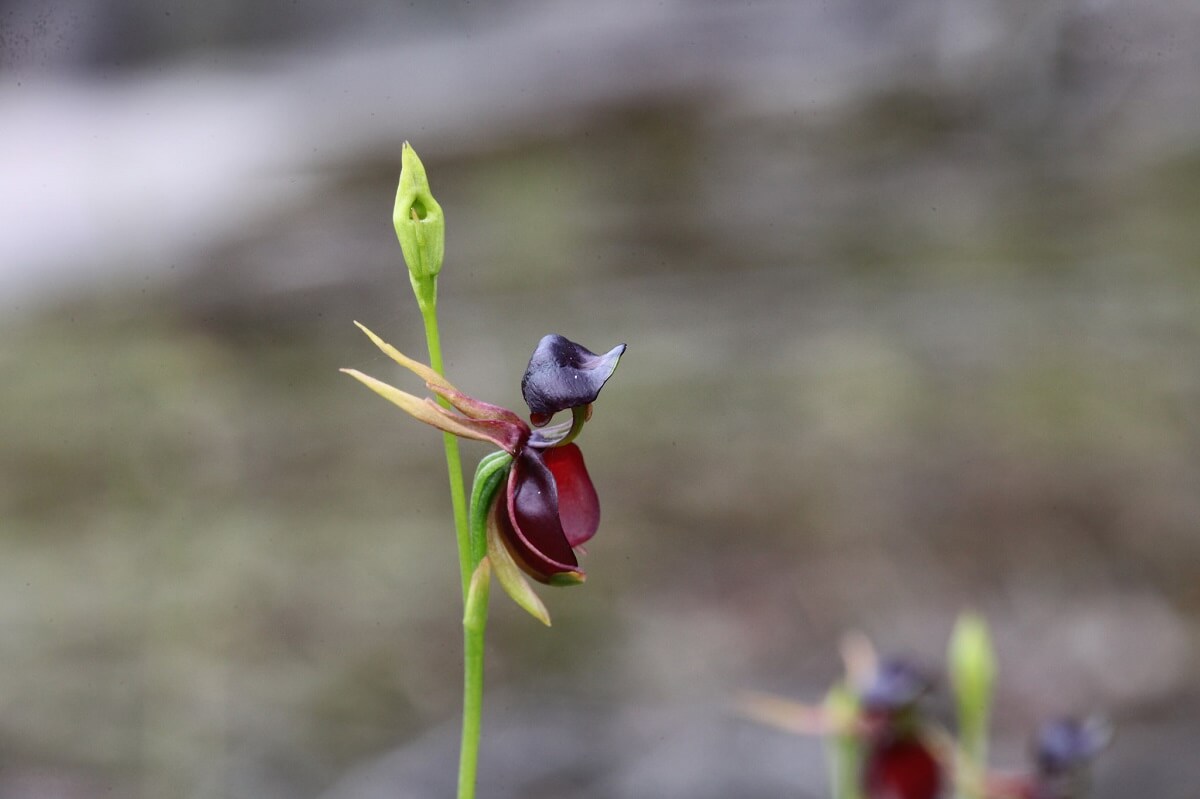
The flower, which (remarkably) resembles a duck, acts much like the Venus flytrap by attracting male sawflies who mistake the bloom for a female sawfly. Unlike the Venus flytrap, however, the purpose of trapping the sawfly is to force the insect into becoming an unsuspecting pollinator. The male sawfly collects the flower’s pollen as it exits.
As much as I’d love to add this orchid to my collection and enjoy its rare beauty, it is, sadly, native to the Australian wilderness.
https://www.instagram.com/p/Br8rldYF2S2/
The flying duck orchid roots have a symbiotic relationship with the fungus found in the eucalyptus woodlands of southern and eastern Australia. Orchid lovers around the world have tried to propagate this flower without success. It would appear the fungus is essential for the plant’s growth and survival.
Related Post: How To Care For Orchids
On another sad note, the flying duck orchid is on Australia’s endangered list. The flower that appears on Australian postage stamps is threatened by the ongoing destruction of its natural habitat and a decrease in the numbers of pollinators.
Hen And Chicks
Hen and chicks, chicks and eggs, hen and eggs, which is it? Hen and chicks, of course! Although, it might be understandable why I mix up the name so often as the plant is also known as hen and chickens, and hen-widdies too. Somehow, I always manage to mix up the combination.
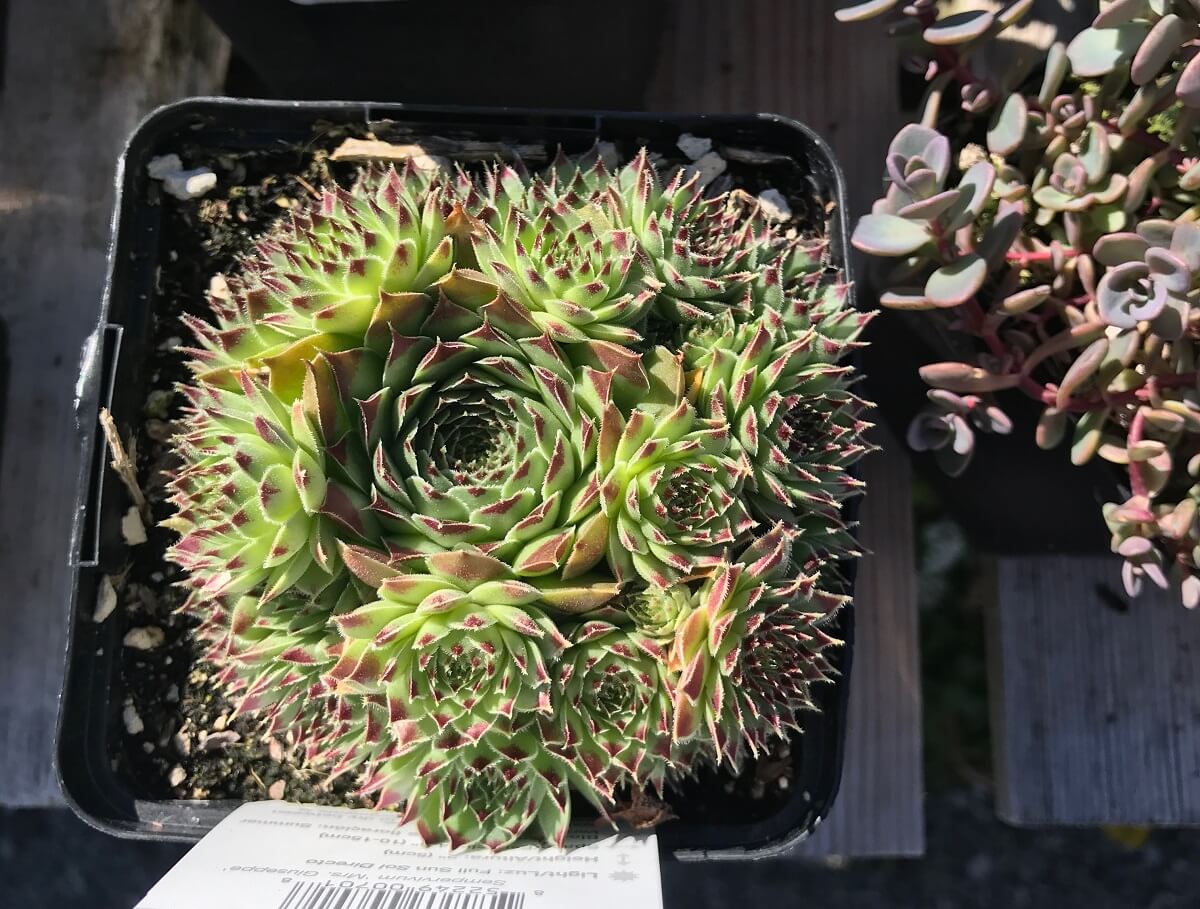
A succulent plant, hen and chicks belong to the flowering plant family Crassulaceae which is native to southern Europe and northern Africa. The plant grows close to the ground with the main, larger rosette shaped by leaves, and the hen or mother sending out runners to create smaller rosettes in an offspring flock of chicks.
These chicks will grow and mature into larger rosettes, finally becoming a hen and sending out their own runners to create more chicks. This is a very versatile plant, easy to grow both indoors and out in cool or hot temperatures. An Alpine native, they are amazingly tolerant of poor soils and unsatisfactory conditions and prefer a rocky, dry, nutrient-challenged setting.
The Venus Flytrap
The Venus flytrap (Dionaea muscipula) may not seem like an unusual name other than the fact that it suggests a very useful ability to function as an insect repellent.
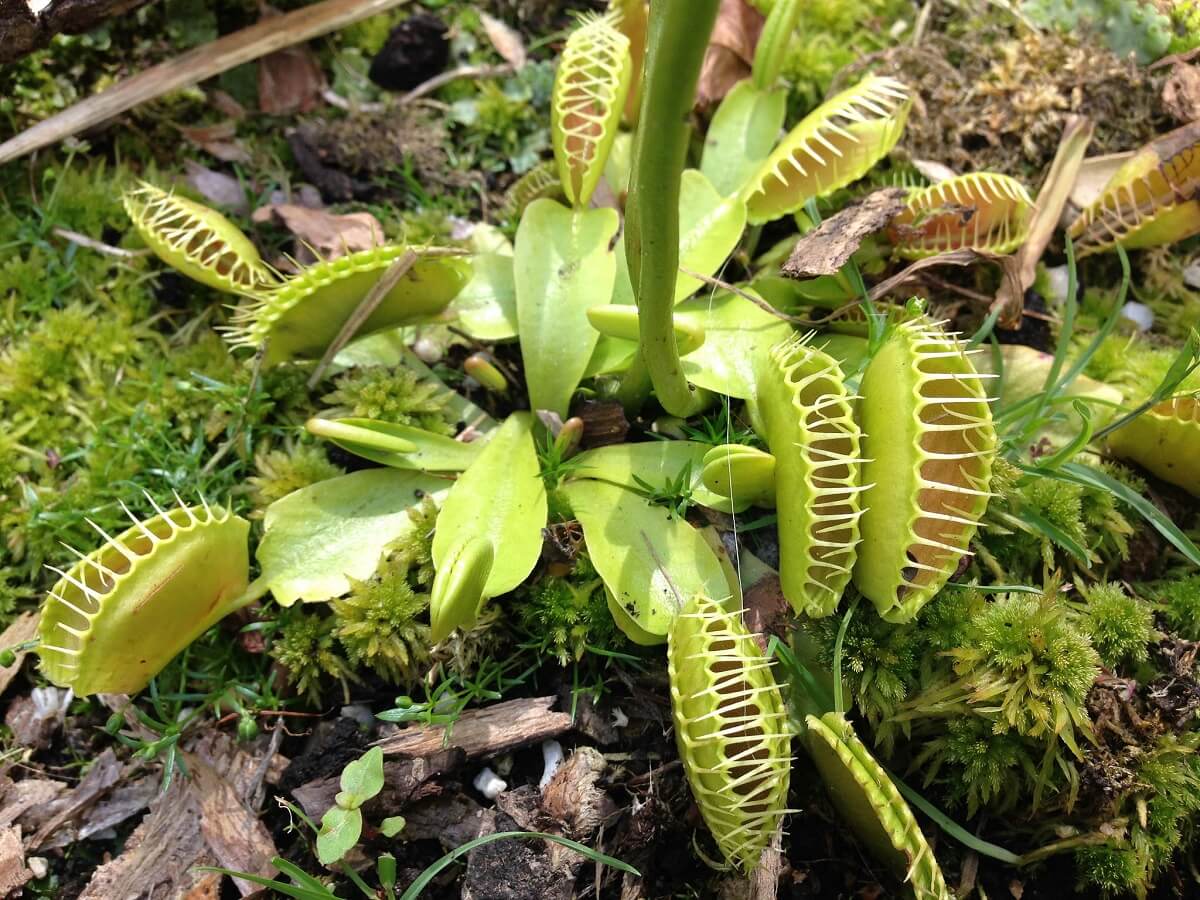
It is a carnivorous plant native to subtropical wetland habitats. Any insect or spider crawling along the leaves, irritates the hairs on the leaves and triggers the trap to close on the insect.
Snapdragons
Snapdragons have a similar snapping mechanism though not necessarily to trap something. As a child, I thought the name suggested a flower that was part dragon, and I wasn’t far off in my assumption. Snapdragons (Antirrhinum), also known as dragon flowers, actually have blooms that somewhat resemble the face of a dragon.
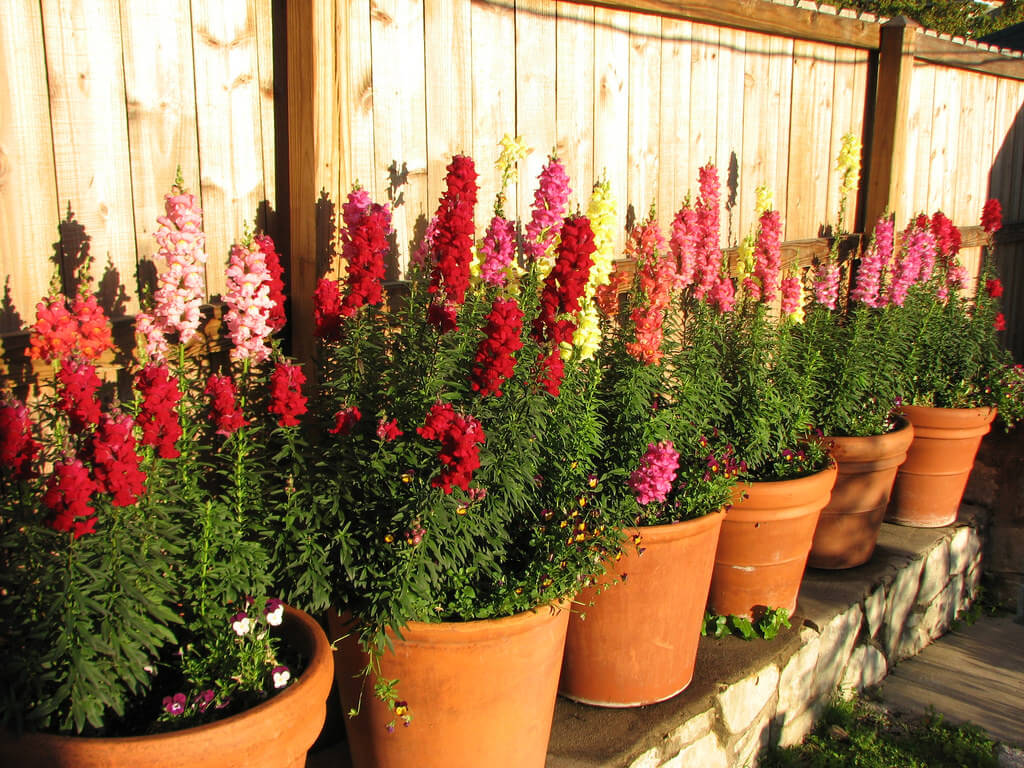
Like a dragon, the flower does open and close at the ‘mouth’ with a snap, which is possibly where it acquired its name. Even today, I still love to gently squeeze the center of the flower to force the ‘mouth’ open, and then release to allow it to snap shut. I guess there’s still a bit of a child in me that is fascinated with the simplistic beauty of nature.
Bleeding Heart
Bleeding heart is another one of my favorites. Red, pink, and white flowers appear in great quantity on this shrub-like plant in the early spring. Appropriately named, the flowers are heart-shaped with a tendril at the bottom, suggesting that it’s bleeding.
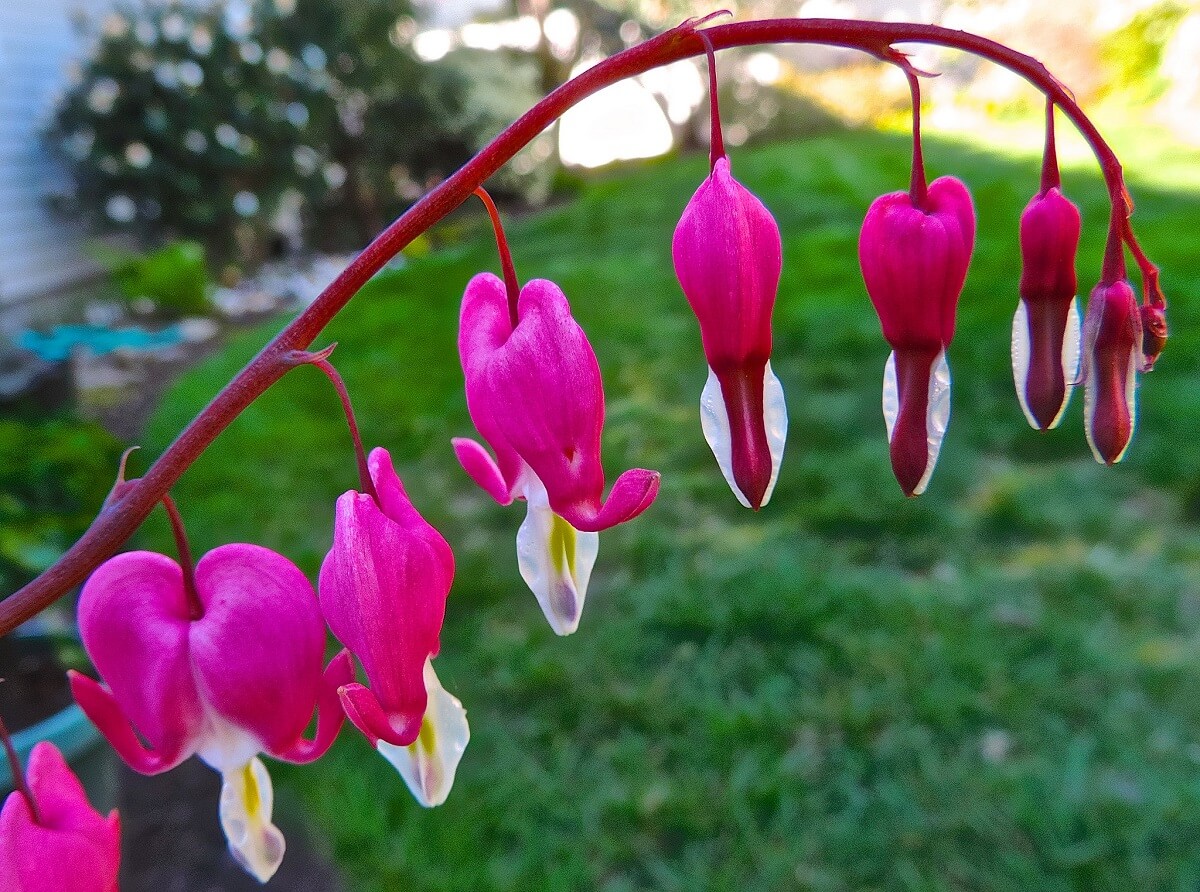
These plants are easy to grow. They like sun but not too much, and they like cool, moist soil. My bleeding heart usually dries out in the hot, humidity of July and August, but they always re-appear the following spring. For some unknown reason, my white bleeding heart is currently doing better than my red and pink ones.
Passionflower And The Hot Lips Flower
To top off the romantics among us gardeners, how about passionflower (Passiflora) with its large, short-lived blooms that mature into fruit? And then there are hot lips, so named due to the swollen, red, lip-shaped flowers which evolved over time to attract pollinators (and possibly, lonely hearts as well).
Related Post: Weigela: A Flowering Shrub To Rival Your Rhododendrons
I’m sure there are many more plants and flowers that bear unusual and interesting names. We all have our favorites and conversation pieces. The top of my list always has been Jack-in-the-pulpit. What’s yours?










































Hi. I’ve just found this website and, since horticulture is my passion, I’ve read your interesting article here.
I have the old-fashioned pink bleeding-heart (Dicentra spectabilis), but my family calls it by another and very unique name: lady-in-the-bathtub. Hold up a flower by the side-flaps, then gently pull them apart to expose the pretty, white lady in her bathtub!